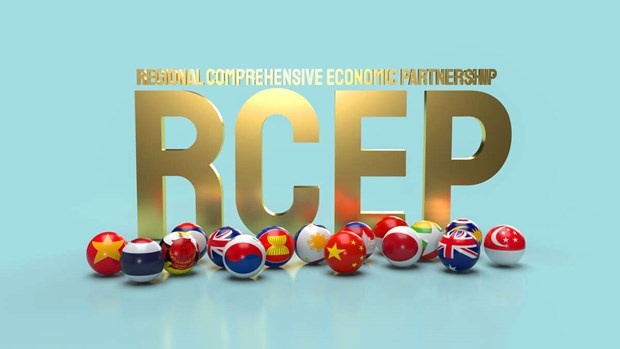The Regional Comprehensive Economic Partnership (RCEP) agreement has officially come into effect, bringing significant impacts to member countries and their export markets. With the participation of 15 countries, including China, Japan, South Korea, Australia, and ASEAN nations, RCEP is expected to boost trade and investment within the region, creating a more interconnected market and reducing trade barriers.
Trade Growth
Since the implementation of RCEP, member countries have witnessed a substantial increase in trade activities. According to data from the Ministry of Commerce of China, the export volume of RCEP countries increased by 8% in 2023. This growth is largely attributed to tariff reductions and improved customs procedures, facilitating easier movement of goods between member nations.
Benefits for Member Economies
RCEP brings numerous benefits to member economies. Small and medium-sized enterprises (SMEs) particularly benefit from easier access to larger markets within the region. Japan and South Korea, with their advanced industrial economies, have seen an increase in exports of high-tech products and electronic components. Meanwhile, ASEAN countries such as Vietnam and Thailand are leveraging RCEP to boost exports of agricultural products and consumer goods.
For instance, Vietnam has seen a notable rise in its agricultural exports, including rice, coffee, and seafood, to markets like Japan and South Korea. Thailand has also capitalized on the agreement by increasing its export of electronics and automotive parts to China and Australia. These enhancements in trade relationships and export volumes underline the positive economic impact of RCEP on individual member countries.
Investment Boost
In addition to trade, RCEP is also driving investment between member countries. Japan and South Korea have increased investments in ASEAN countries, particularly in manufacturing and information technology sectors. This not only enhances the production capacity of the recipient countries but also creates numerous new job opportunities.
Japanese firms, for example, are investing heavily in Vietnam’s manufacturing sector, while South Korean companies are expanding their IT operations in the Philippines. This influx of foreign direct investment (FDI) is fostering economic growth, improving infrastructure, and providing training and employment for local workforces.
Challenges and Opportunities
While RCEP brings many benefits, there are also challenges to address. The differences in economic development levels and infrastructure between member countries may reduce the effectiveness of the agreement. However, with committed cooperation and technical support from developed countries, these challenges can be overcome. RCEP also opens up opportunities for member countries to enhance cooperation in areas such as technology, healthcare, and the environment.
For instance, the agreement provides a platform for member nations to share technological advancements and collaborate on research and development projects. In healthcare, RCEP facilitates the sharing of medical expertise and resources, which is particularly beneficial in combating regional health crises. Environmental initiatives are also supported, promoting sustainable development and addressing climate change challenges collectively.
Future of RCEP
The RCEP agreement is expected to continue driving economic and trade development in the Asia region. With a clear legal framework and strong commitments from member countries, RCEP will create a favorable and attractive business environment for investors. This will help enhance the competitiveness of regional economies on the international stage.
Additionally, as the world recovers from the economic impacts of the COVID-19 pandemic, RCEP provides a structured path for economic revitalization and resilience. The agreement’s emphasis on reducing trade barriers and fostering regional cooperation is crucial for accelerating economic recovery and ensuring long-term growth.
The RCEP agreement is having a positive impact on member countries and their export markets. With close cooperation and clear economic benefits, RCEP promises to be a significant driver for the sustainable development of the Asia region in the coming years. The agreement’s ability to harmonize trade policies and reduce barriers will be key to its success, enabling member nations to capitalize on new economic opportunities and strengthen their positions in the global market.

 简体中文
简体中文 English
English Tiếng Việt
Tiếng Việt العربية
العربية हिन्दी
हिन्दी